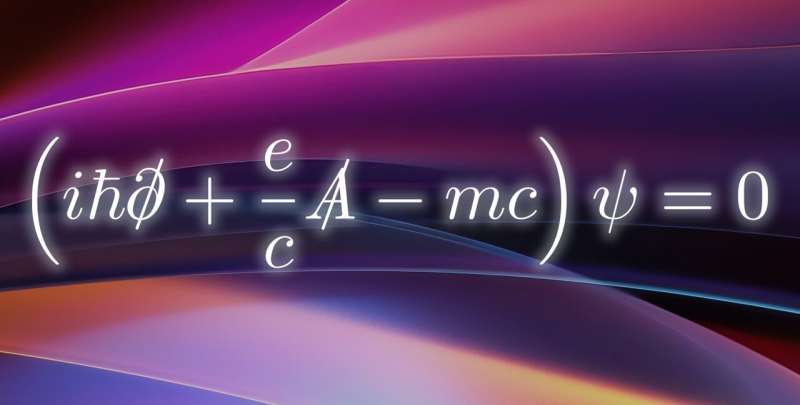Recent research led by Chip Sebens, a philosophy professor at the California Institute of Technology, has introduced a novel perspective on the electron’s magnetic moment, challenging traditional calculations rooted in quantum field theory. Published on July 9, 2025, in the journal Foundations of Physics, this study explores how the magnetic moment of electrons may vary depending on their state, diverging from established fixed values.
Quantum mechanics often perplexes both physicists and philosophers. For many, the principles underpinning quantum physics seem strange and counterintuitive. Sebens has articulated the frustrations some philosophers feel when confronted with quantum mechanics’ complexities. He believes that merely accepting its oddities without seeking deeper understanding is inadequate.
The study focuses on the electron’s magnetic moment, which quantifies the strength of its magnetic properties. Traditional calculations, primarily derived from the Dirac equation, yield a value known as the Bohr magneton, named after Niels Bohr. However, this theoretical value does not align precisely with experimental findings, which indicate that the electron’s magnetic moment is slightly stronger.
To address this discrepancy, Sebens utilized a classical approach by reinterpreting the Dirac equation, typically viewed as a quantum framework, as a classical field equation. His goal was to derive a more accurate calculation of the electron’s magnetic moment that could account for previously neglected factors influencing the electron’s behavior.
In his research, Sebens considered two significant phenomena: self-interaction, where an electron interacts with its own electromagnetic field, and mass renormalization, which adjusts the electron’s mass to reflect the influence of its surrounding field. By incorporating these factors into his calculations, he discovered that the magnetic strength of an electron is not static but varies based on its state—whether it is spread out or concentrated.
This finding presents a shift in understanding the electron’s magnetic moment. Rather than adhering to a fixed value, the magnetic moment becomes state-dependent. “What I found is that if you let the electron self-interact, then it has a magnetic strength that depends on the state of the electron,” Sebens explained.
Despite this advancement, Sebens acknowledges that his new approach does not arrive at the precise fixed value predicted by quantum field theory. Instead, it highlights the complexities of how the electron’s magnetic moment can change depending on its state. He emphasized the ongoing challenge of reconciling these findings with the established calculations of quantum field theory, which continue to yield consistent results.
As Sebens reflects on his work, he likens the role of philosophers in the realm of physics to archaeologists uncovering the layers of a grand historical site. While physicists may rush ahead to uncover new discoveries, philosophers seek to understand and clarify the foundational principles underlying these theories.
This research not only enhances our understanding of the electron’s magnetic moment but also raises essential questions about the nature of quantum mechanics and the foundational structures of physical theories. With ongoing exploration, Sebens aims to bridge the gap between classical interpretations and the intricacies of quantum field theory, paving the way for a deeper comprehension of the quantum realm.
For further reading, refer to Charles T. Sebens, “How Anomalous is the Electron’s Magnetic Moment?”, available in Foundations of Physics (2025).































































